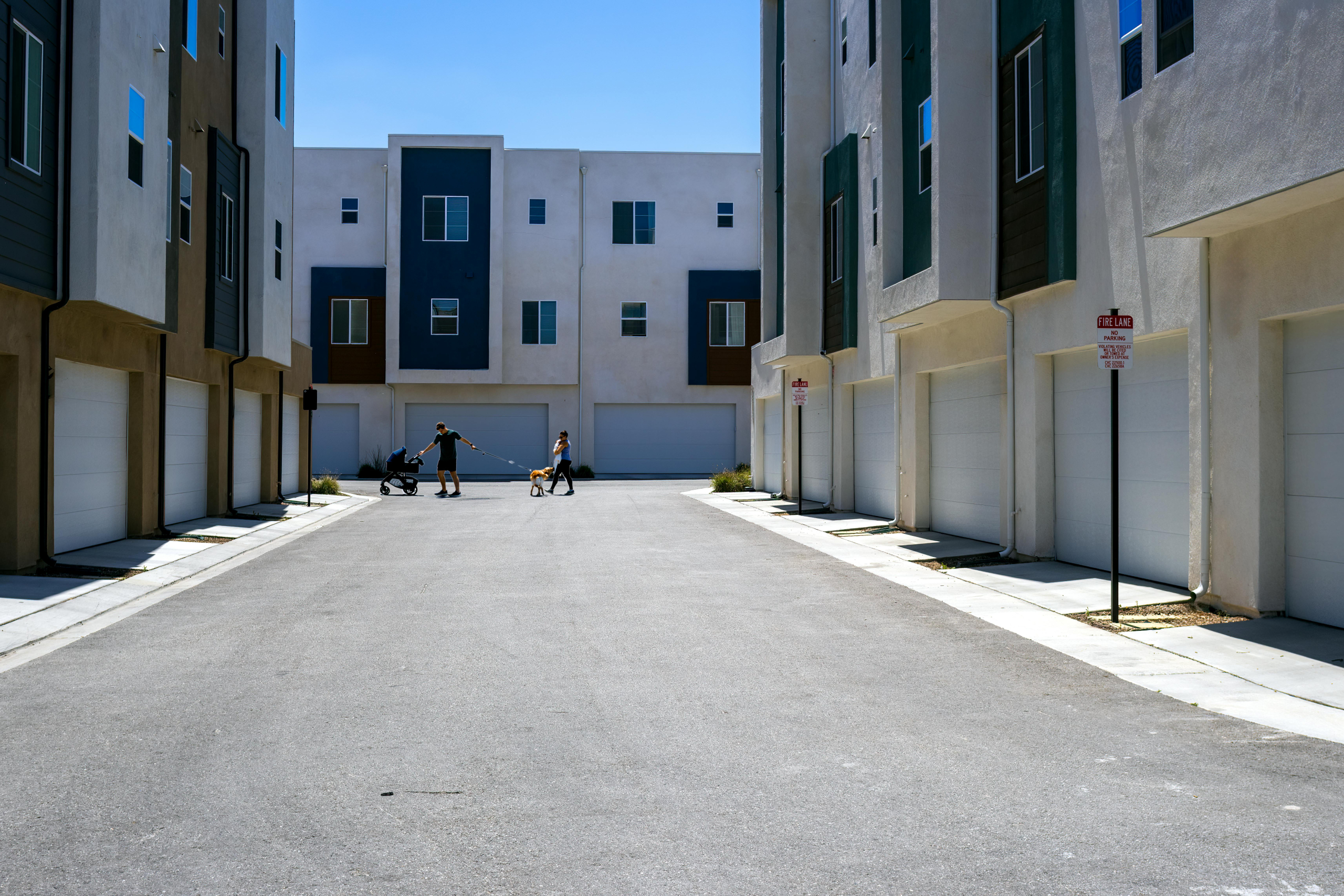Housing and Functionality: When Form Follows Family Needs
Housing plays a crucial role in the lives of families. It is not just a shelter, but a place where memories are made, bonds are strengthened, and futures are shaped. Therefore, it is important to have a home that meets the needs of a family. When it comes to designing a house, functionality should always outweigh aesthetics. As the saying goes, “form follows function.” In this article, we will explore how housing and functionality go hand in hand when it comes to meeting the needs of a family.
The Evolution of Housing
Over the years, housing has evolved significantly. In the past, houses were designed to simply provide shelter and protect families from the elements. However, as society progressed, the needs and wants of families changed. Now, a house is not just a place to sleep and eat; it is a place to entertain, work, and relax. With these changes, housing has also evolved to meet the changing needs of families.
The Importance of Functionality in Housing
Functionality is crucial when it comes to designing a house. It refers to the practicality and efficiency of a space. A house may look aesthetically pleasing, but if it does not meet the needs of the family, it is not a functional home. That is why it is essential to prioritize functionality over form. A functional home is one that is well-designed, comfortable, and caters to the needs of its inhabitants.
When designing a house, it is important to consider the needs of the family. For example, a family with young children might need a playroom or a safe outdoor space for them to play. On the other hand, a working couple might require a home office or a quiet space for them to focus on their work. By considering the needs of the family, functionality can be incorporated into the design of the house.
The Role of Form in Housing
While functionality should always be a top priority when it comes to housing, that does not mean form should be ignored. The aesthetics of a house can have a significant impact on the overall mood and well-being of its inhabitants. A well-designed house can bring joy, comfort, and a sense of pride to its inhabitants.
However, it is important to strike a balance between form and functionality. Too much focus on form can result in a house that looks beautiful but is not practical for everyday living. On the other hand, emphasizing functionality without considering aesthetics can result in a dull and uninspiring home. Therefore, it is important to find the perfect balance between form and functionality to create a home that meets both the needs and wants of the family.
Incorporating Functionality into Housing Design
When designing a house, the functionality should be incorporated into every aspect, from the layout and structure to the furniture and decor. Here are some tips for incorporating functionality into housing design:
1. Consider the layout
The layout is the foundation of a functional home. It should be well thought out and considerate of the family’s needs. For example, the kitchen should be placed in close proximity to the dining area to make meal times more convenient. The bedrooms should be separated from the living areas for privacy and quiet. By carefully planning the layout, a house can be more functional for its inhabitants.
2. Utilize multipurpose spaces
Multipurpose spaces are a great way to make the most out of a small home. For example, a guest room can be transformed into a home office when not in use. A dining area can also double as a workspace for kids to do their homework. By maximizing the use of space, a house can become more functional and versatile.
3. Invest in storage solutions
Storage is essential for a clutter-free and organized home. When designing a house, it is important to plan for storage spaces such as built-in closets, cabinets, and shelves. These storage solutions can help keep the house tidy while also creating more space for the family to move around.
4. Think about future needs
When designing a house, it is important to consider the future needs of the family. Is the family planning to grow in the future? Will elderly parents be living with the family in the future? These are important considerations to ensure the house remains functional even as the family’s needs change over the years.
The Impact of Functional Housing
A functional home has a positive impact on the well-being of its inhabitants. It can improve the quality of life, foster positive relationships, and provide a sense of security and belonging. When a house is designed with the needs of the family in mind, it can become a place where everyone can thrive.
In conclusion, functionality is a vital aspect of housing design, especially when it comes to meeting the needs of a family. A functional home is one that is well-designed, practical, and caters to the needs of its inhabitants. With careful planning, a balance between form and functionality can be achieved, resulting in a home that is not just a shelter, but a place where form truly follows family needs.











